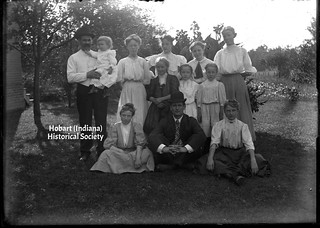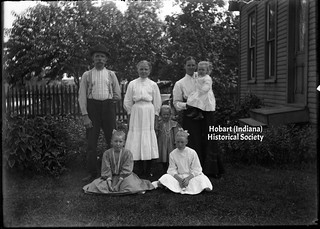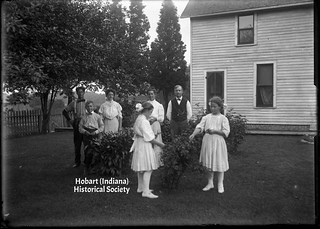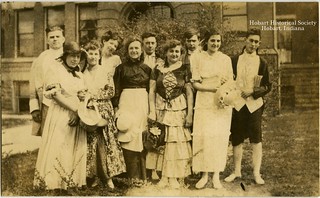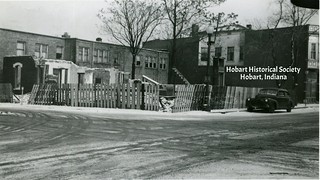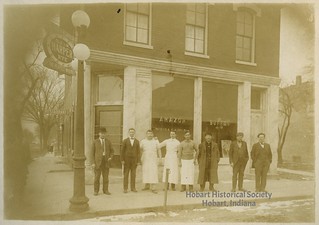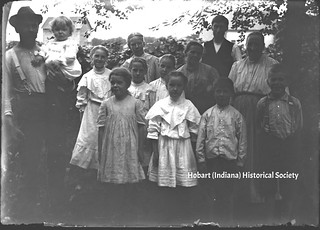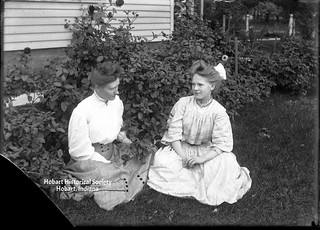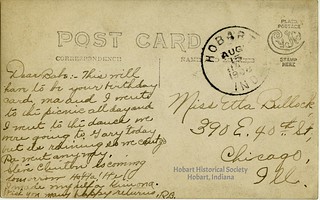"The people of the United States were stark raving patriotic in summer 1918," says historian Alfred Crosby. "The interweaving of the war and the [Spanish influenza] pandemic make what from a distance of a half-century seems to be a pattern of complete insanity." Just as it became apparent that a highly contagious and uncommonly deadly disease was on the loose, massive crowds gathered in cities and towns across the country for Liberty Loan parades and other patriotic rallies and meetings.
Public health officials were caught between the needs of patriotism and the dangers of contagion, and patriotism generally won out. Chicago's Health Department allowed that city's Liberty Loan parade to take place, knowing full well that influenza would be among the crowds participating; to minimize the spread of disease, officials suggested that marchers "go home right afterwards, remove all clothing, rub the body dry, [and] take a laxative." Philadelphia's Bureau of Health knew by the third week of September that the epidemic was coming, and yet allowed a massive parade on September 28 that probably sparked the subsequent deadly explosion of influenza.
As for the ordinary citizens who marched, rallied, and canvassed door-to-door to sell Liberty Bonds, they seemed either oblivious to the danger or fearless of it — or perhaps the fear of appearing unpatriotic swept aside all other considerations.
Around Hobart a similar pattern played out on a much smaller scale, and with less deadly consequences. Though Hobart apparently did not host a Liberty Bond parade, we have already seen the
Gazette, in the face of evidence that the influenza epidemic had reached town early in October, urging local patriots to go out in public for the sake of the
Liberty Bond drive. Its attitude soon became even more reckless.
Just after midnight on Sunday, October 6, a report came over the wires that Germany, Austria and Turkey had signaled a willingness to enter peace negotiations based on President Wilson's "Fourteen Points." The news spread around town in the pre-dawn darkness, arousing a joyous, if slightly premature, belief that the war was at an end. By 4 a.m. the whole town was awakening to the blowing of factory whistles, the ringing of church bells and the random firing of handguns. People poured out of their houses and gathered downtown in the dawning light.
Someone thought to telephone over to Gary to confirm the news, and learned that that town was already "wild in celebration."
Around 8 a.m. an impromptu parade started up in Hobart, composed of "about 50 citizens, with drums, horns and various implements for noise-making," followed by perhaps a couple hundred marchers of all ages; they marched all around town during the morning. In the afternoon, Hobart's Company K organized a more formal parade, with its own band, some 500 other participants and countless spectators, that carried on for hours and did not disband until night had fallen, and "America" and "The Star-Spangled Banner" had been duly sung. Sometime during the afternoon, a dozen autos laden with merry-makers left Hobart for Crown Point to help the county seat celebrate.
From the point of view of public health, it was foolhardy behavior in the face of an epidemic. But one could hardly blame these war-weary people for being caught up in their enthusiasm in the hours just after the news broke.
On the other hand, the
Gazette, a weekly paper, probably went to press on Thursday evening, so its editor had several days to weigh his words. And yet, in commenting on Sunday's celebrations, he came out with this: "Those who were not in sympathy with the peace offer either stood by or remained indoors, as did those who may have pro-German proclivities. It was not any time for a Kaiser sympathizer."
That opinion ran on the very same page with the
Gazette's reprint of the standard advice for avoiding influenza, which included: "Avoid feeding or spreading of the disease. … Avoid crowds."
The schools and churches, the theaters and pool halls
were closed; even the ladies of St. Bridget's Church had cancelled their little fund-raising bake sale out of health considerations; but here in black and white was an implication that anyone who had not willingly thrown himself into Sunday's crowds "may have pro-German proclivities." Apparently the
Gazette was among those who had gone stark raving patriotic.
Sources:
♦ "Avoid Taking Influenza." Hobart Gazette 11 Oct. 1918.
♦ Crosby, Alfred W. America's Forgotten Epidemic: The Influenza of 1918. Cambridge: Cambridge University Press, 2003.
♦ "Hobart Celebrates Peace Offer." Hobart Gazette 11 Oct. 1918.
♦ "Hobart, Like Gary, Fell for the Peace Noise from Germany." Hobart News 10 Oct. 1918.
♦ "Local Drifts." Hobart Gazette 11 Oct. 1918.


